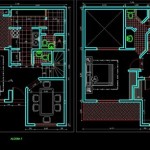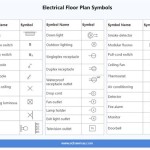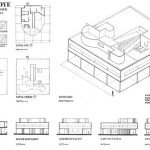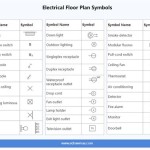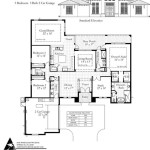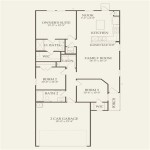Essential Aspects of Housing and Interior Design Lesson Plans
Incorporating housing and interior design into educational curricula provides students with valuable knowledge and skills that prepare them for real-world applications. Effective lesson plans in this domain should encompass several key aspects to ensure a comprehensive and engaging learning experience for students.
1. Historical and Cultural Influences
Understanding the history of housing and interior design helps students appreciate the evolution of these practices. Lesson plans should explore diverse architectural styles, furniture designs, and decorative trends from different cultures and eras. This historical perspective fosters a deeper appreciation for the influences that shape housing and interior design.
2. Design Principles and Elements
Students need a solid foundation in design principles and elements to create functional and visually appealing spaces. Lesson plans should cover principles such as balance, proportion, harmony, emphasis, and contrast. Students should learn to apply these principles to furniture arrangements, color schemes, and lighting designs.
3. Space Planning and Function
Effective interior design involves planning and organizing space to meet specific needs. Lesson plans should guide students through the process of analyzing spatial requirements, determining circulation patterns, and creating efficient floor plans. By understanding the relationship between space planning and function, students can design spaces that are both aesthetically pleasing and comfortable.
4. Materials and Finishes
Materials and finishes play a significant role in determining the character and durability of a space. Lesson plans should introduce students to various materials used in housing and interior design, including wood, metal, fabrics, and finishes. Students should learn about their properties, maintenance requirements, and how they influence the overall design aesthetic.
5. Color Theory and Application
Color plays a critical role in creating ambiance and evoking emotions in interior design. Lesson plans should cover the principles of color theory, including color relationships, harmonies, and contrasting effects. Students should develop the ability to select and combine colors effectively to achieve desired design outcomes.
6. Lighting Design
Effective lighting enhances the functionality and aesthetics of interior spaces. Lesson plans should explore different lighting techniques, including natural lighting, ambient lighting, task lighting, and accent lighting. Students should learn the principles of lighting design and how to create lighting schemes that complement the overall design concept.
7. Sustainability and livability
Increasingly, housing and interior design incorporate principles of sustainability and livability. Lesson plans should address the use of eco-friendly materials, energy-efficient appliances, and design strategies that promote well-being. Students should learn about the impact of interior design choices on health, productivity, and environmental conservation.
Conclusion
Housing and interior design lesson plans that encompass these essential aspects provide students with a comprehensive understanding of this field. By exploring historical influences, design principles, space planning, materials, color theory, lighting design, sustainability, and livability, students develop the knowledge and skills necessary to create functional, visually appealing, and sustainable living spaces.

Best Design Of A Floor Plan 5th 8th Grade Lesson How To Family And Consumer Science Classroom

Lesson Plans Interior Design 2

Lesson Plans Interior Design 2

Interior Design Lesson Plans Classroom Activities Visualz

Art Lesson Plan Interior Design Dream Room School Classes Programs

Lesson Plan

100 Teaching Tatweer Ideas How To Plan Interior Design Classes Floor Plans

History Of Interior Design Practicum

Interior Design Lesson Plans Classroom Activities Visualz

Lesson Plans Interior Design 2

